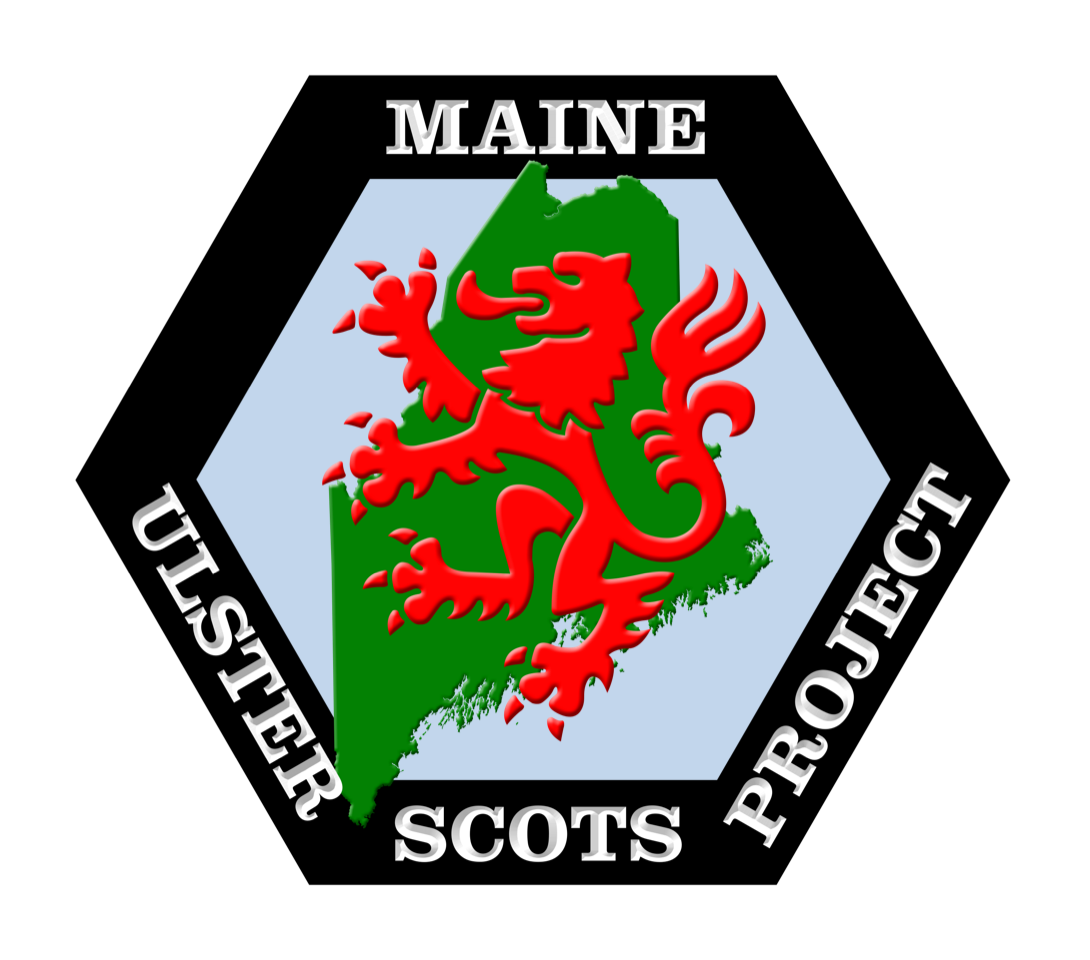Finding the Jacob Anderson Garrison or Block-house on Lower Flying Point, Freeport, Maine
“SAFETY ZONE---The (Anderson) garrison house was only a mile from the Means cabin and had Thomas Means got his family there one day earlier the Means Massacre would not have taken place. The neat frame buildings shown here … stand approximately on the site of the old garrison house.” Quote taken from Lewiston Journal dated Saturday, August 22, 1964.
This old Cape Cod style farm house on Lower Flying Point is familiar to everyone who regularly drives past it on their way to and from their homes on the Point. It is noteworthy for its position in one of the few remaining open fields on the Point and for the active Osprey nest that occupies a utility pole beside the driveway. What some may not know is that this home has been repeatedly described by historians and local families as being located approximately where the Anderson family built a block-house or garrison, circa 1750, for protection during the Indian wars. Now that the Means Massacre site is the focus of a full archaeological review (see The Means Massacre story gets a fresh look in this periodical) the location and history of the former block-house is also of renewed interest. The property recently came under new ownership and the owner has expressed a keen interest in preserving the information pertaining to the property before it gets disturbed by any future improvements. In a cooperative venture with the Maine Ulster-Scots Project (MUSP) and Historic Archaeologist, Pamela Crane, of Freeport, the property is being systematically searched for evidence of the prior block house. Good fortune intervened when a local contractor digging a waterline trench to a newly built barn uncovered the stone foundation of an older building directly behind the ell on the existing structure!
A professional examination of the existing house dates it to circa 1850, which seems to put the older stone foundation in the correct time period to be the missing Anderson block-house or garrison! The MUSP archaeological team looks forward to excavating the new find and adding the resulting information to the larger story of the Means family and other interconnected families living at Flying Point during the colonial period. Many thanks to the new owner, Heather Blease, and to the Wolfe’s Neck Center for allowing access to these important historic sites and for their active interest in and support of Freeport’s local history.
MUSP looks forward to bringing you more data on this project as it becomes available.
~John Mann, PLS, Director, MUSP
Stone foundation recently found at Flying Point



